
TrojanUV advanced oxidation systems are a highly cost-effective solution for the treatment of pesticides
The use of pesticides to control unwanted pests dates back hundreds of years. Early pesticides were mainly inorganic chemicals such as calcium arsenate or lead arsenate, which are both now banned in the United States. Modern science has since produced hundreds of synthetic organic chemicals for use as pesticides.
In fact, approximately 900 active pesticide ingredients are registered in the United States for use in nearly 20,000 pesticide products.
In the U.S., pesticides are regulated in two primary ways. First, each pesticide must be registered under the Federal Insecticide, Fungicide, and Rodenticide Act (FIFRA). This Act establishes a regulatory system for controlling the sale, distribution and application of pesticides. Second, the USEPA has issued National Primary Drinking Water Regulations (Maximum Concentration Levels, or MCLs) for over twenty pesticides, including atrazine (3 parts per billion [ppb]), alachlor (2 ppb), and dibromochloropropane (DBCP, 0.2 ppb).
In Europe, each pesticide is subject to an approval process by the European Union. Also, the European Union regulates the levels of pesticides in drinking water through the Water Framework Directive. Under European regulations, the total concentration of pesticides in drinking water may not exceed 0.5 ppb, while the concentration of any one pesticide may not exceed 0.1 ppb.
Conventional water treatment technologies such as chlorination, coagulation and filtration do little to remove pesticides from water. Other technologies, such as carbon adsorption and ozonation are feasible but costly in largescale treatment applications. Ozone treatment can also form harmful by-products such as bromate.
UV AOP is a highly cost-effective solution for treating pesticides. The process uses UV light, along with an oxidant, to break down pesticide molecules into their elemental components. It can also simultaneously perform treatment to obtain log reduction credits for microorganisms. UV AOP creates no residuals and occurs instantaneously within the UV chamber, eliminating the need for the large concrete contact basins associated with ozone.
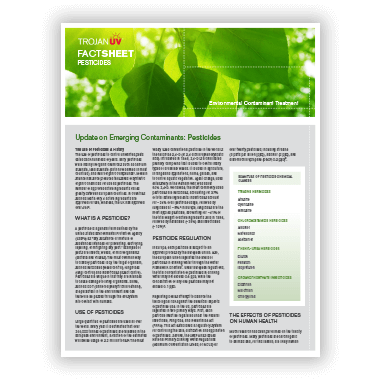
In the UK, metaldehyde protects farmland by controlling the spread of slugs and snails. Several wet autumns necessitated an increase in its use, which led to the pesticide leaching into water bodies, including the River Trent from which the Hall WTW extracts raw water.
The WTW decided to install a TrojanUV advanced oxidation system which allows them to meet their pesticide regulation by reducing metaldehyde concentrations to less than 0.1 ppb.
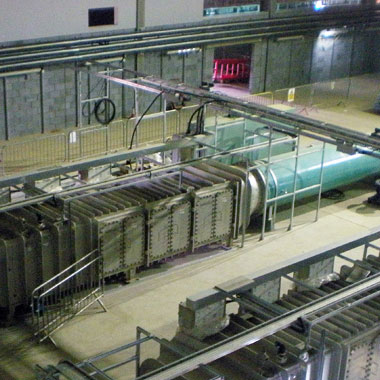
PWN Water Supply Company, North Holland is currently operating a TrojanUVSwift®ECT UV advanced oxidation system to treat pesticides at their plant in Andijk, the Netherlands. In addition, the system inactivates microorganisms such as the spores of sulfite-reducing clostridia (SSRC), Cryptosporidium and Giardia. The drinking water treatment plant serves approximately half a million people and can treat up to 4,000 cubic meters per hour (or approximately 25 million gallons per day).
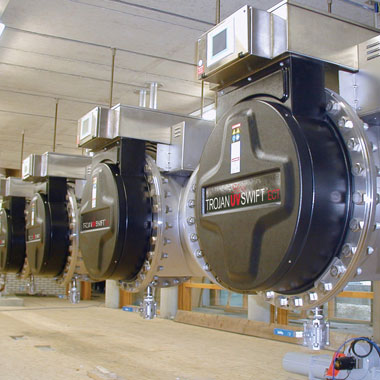
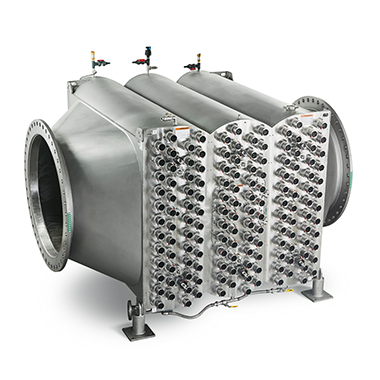
The TrojanUVFlex®AOP is our latest UV advanced oxidation solution for the treatment of contaminants. It’s cross-flow lamp orientation enhances treatment efficiency and provides built-in redundancy. A compact and modular chamber design allows for easy expandability and installation in even the smallest of spaces.
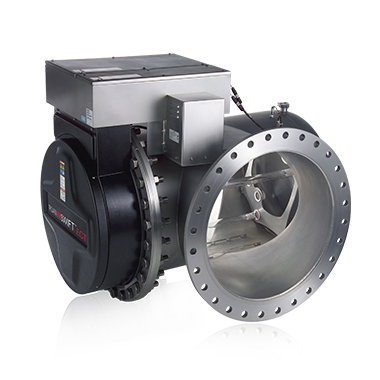
The TrojanUVSwiftECT provides year-round treatment and simultaneous treatment for seasonal taste & odor events. It’s validated in accordance with the United States Environmental Protection Agency UV Disinfection Guidance Manual for up to 4-log inactivation of chlorine-resistant Cryptosporidium and Giardia.
Have questions? Call us at 1 (888) 220-6118 or complete the form below.